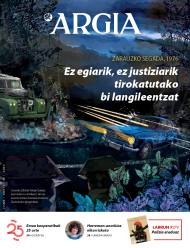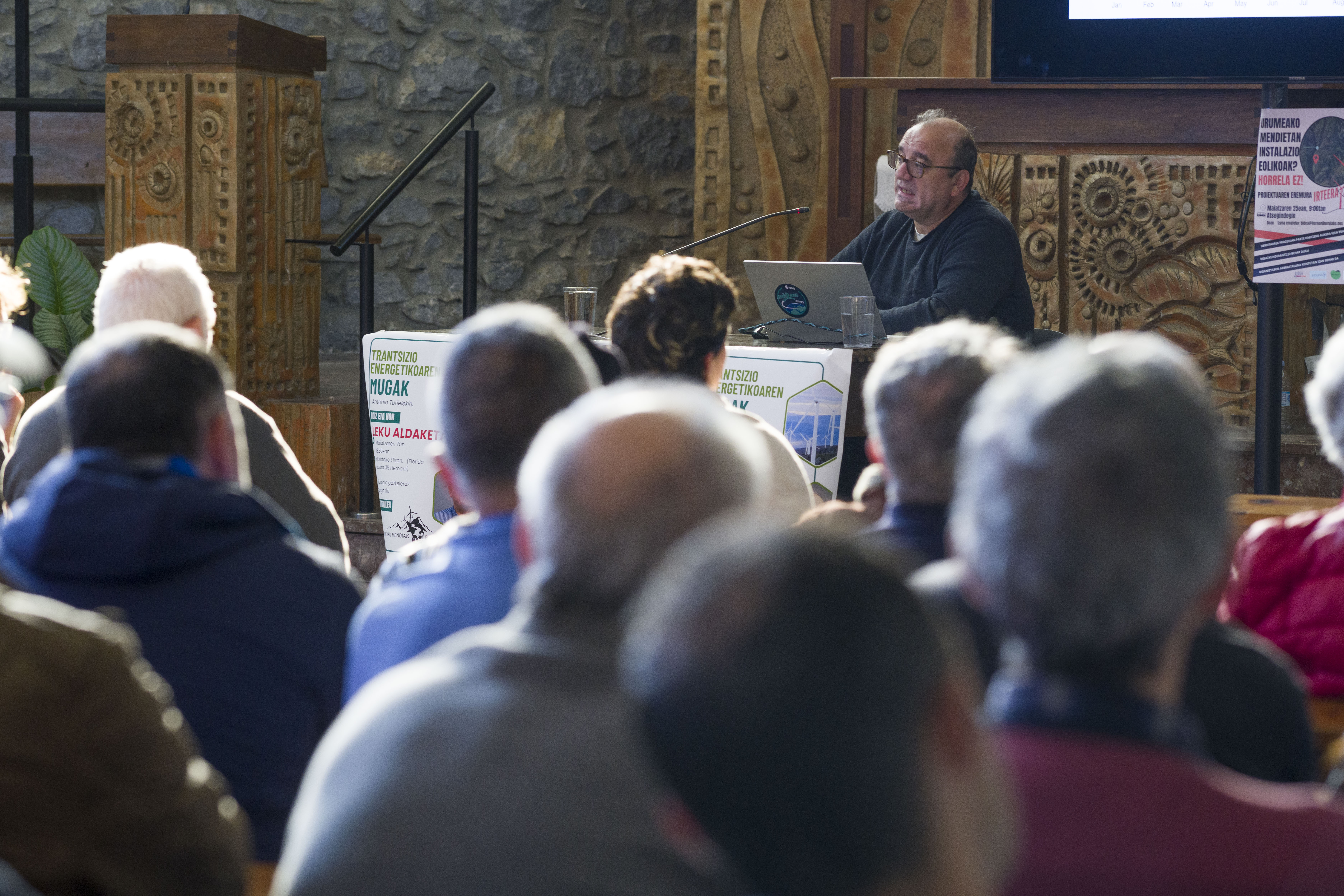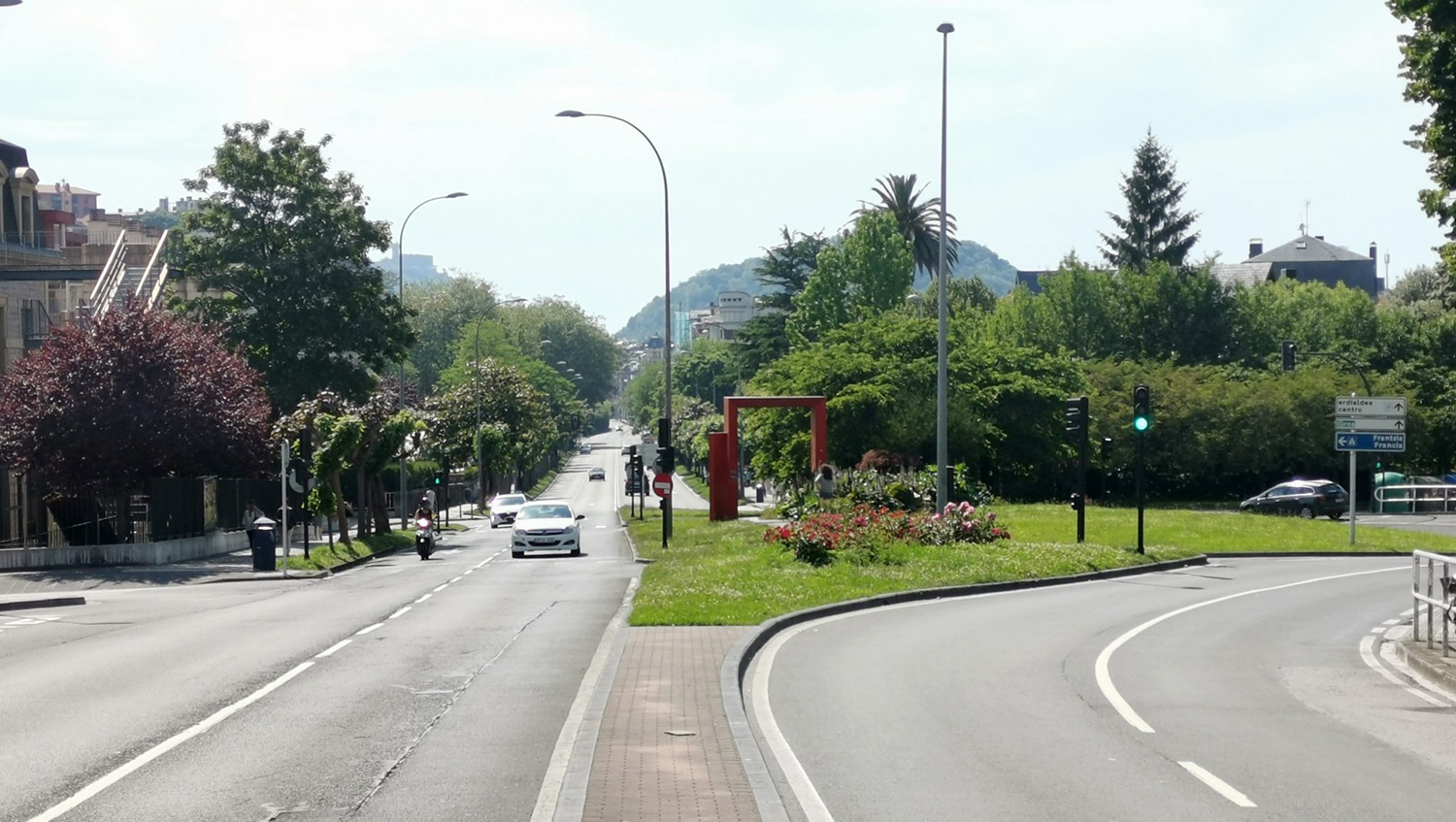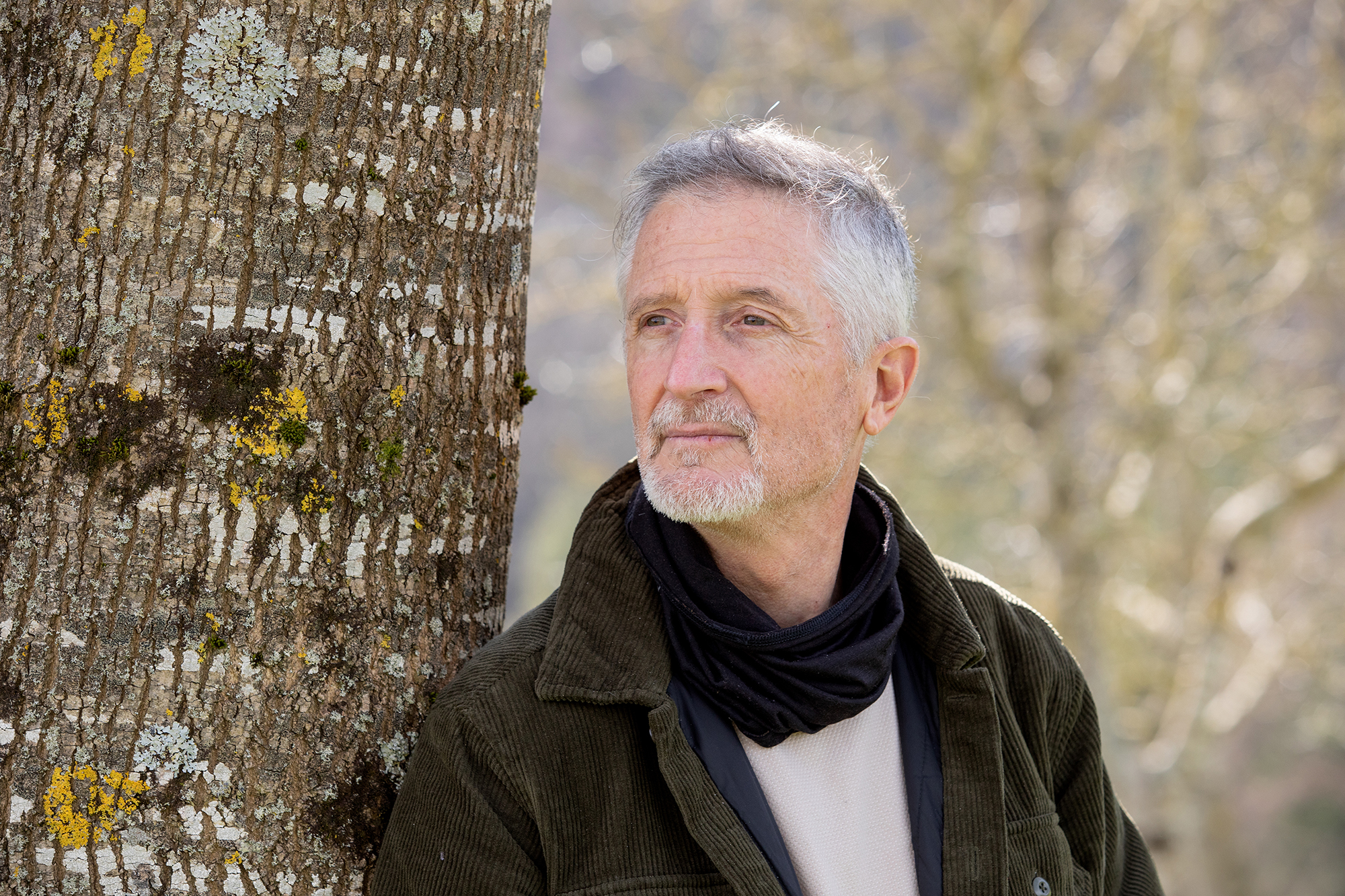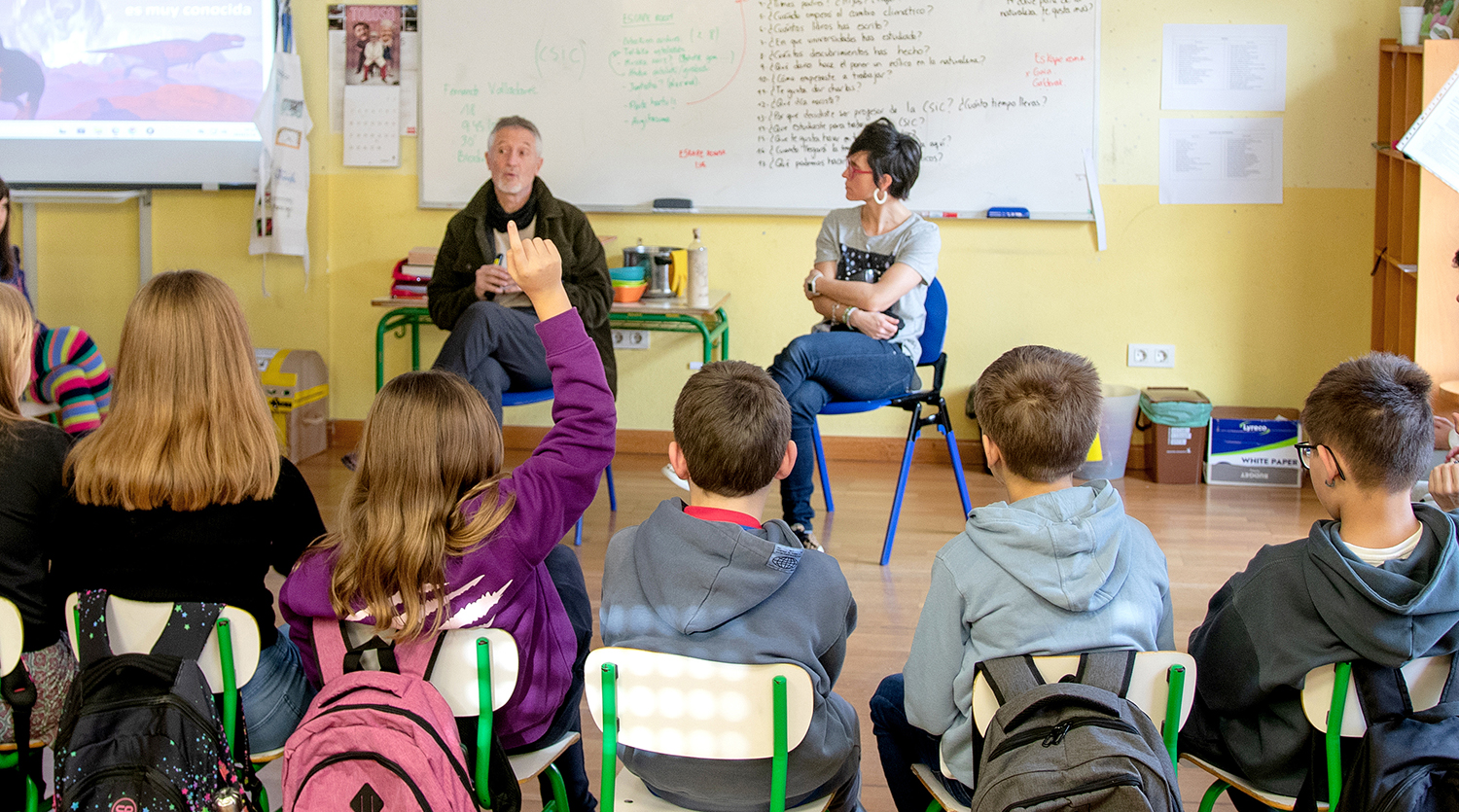A good solution would be to take into account the knowledge of indigenous people.
- The COP27 summit has just passed in the Egyptian city of Xarm el-Xeikh. Once again, the Western vision has prevailed and the decisions we have. Despite channelling the small space for the voice of indigenous peoples, their contributions are not taken into account. However, over 5,000 different cultures and 476 million citizens, a figure similar to that of Europeans, share an important element: respect for nature and the holistic vision that integrates the environment. The Intergovernmental Panel on Climate Emergencies (GIEC) has just invited to be integrated into the reflection, with knowledge developed over the centuries from the environmental and biodiversity point of view.
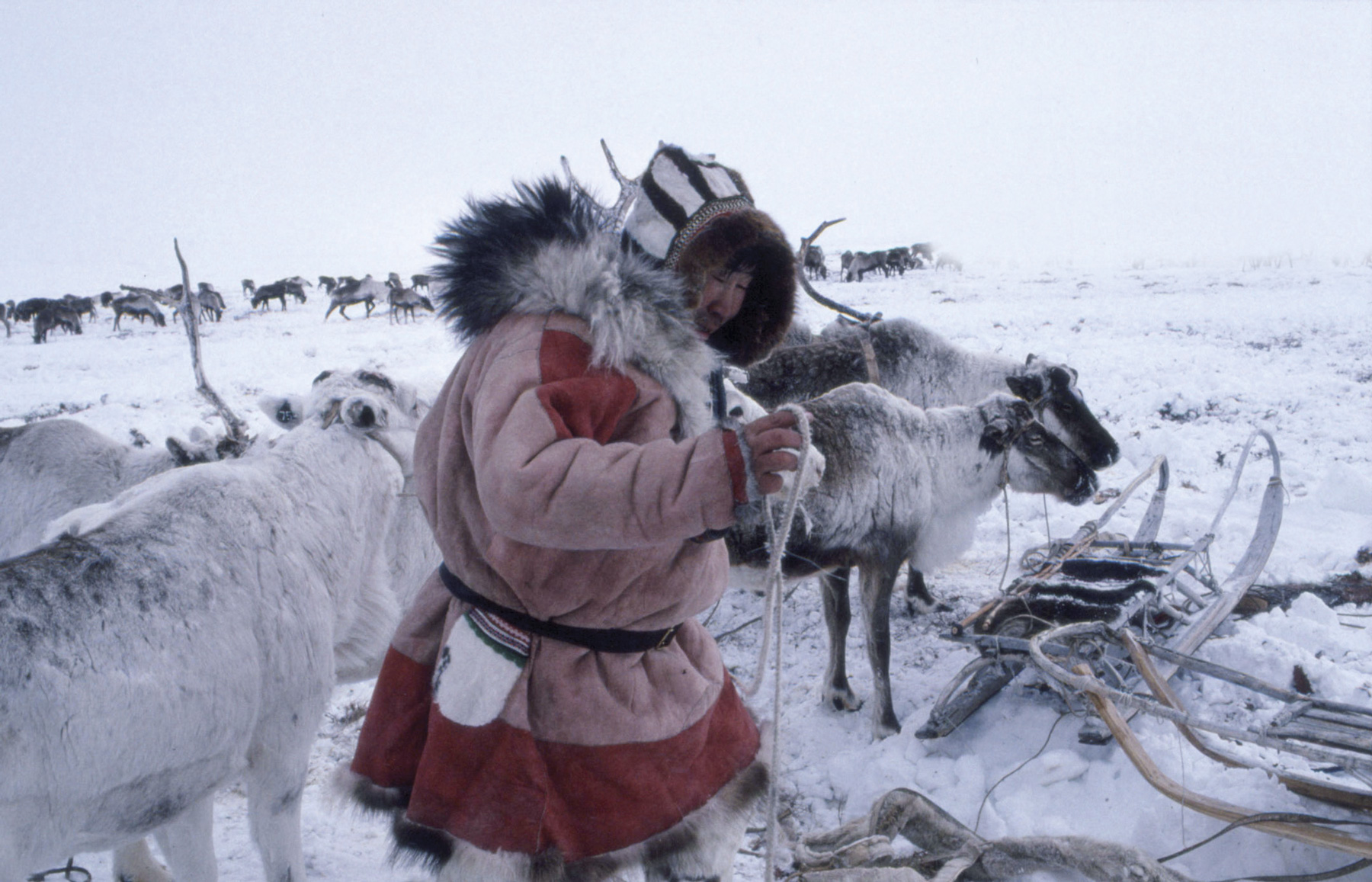
It brings me the voice of the jungle and all the living things of the Amazon.” The words of Ninawa Inu Huni kui Pereira Nunes, representative of the indigenous Brazilian people Huni Kui, disseminated at the COP27 summit in Egypt. It is a discourse, a position and a vision of the world that differ when reflecting on the challenge of climate change. But it is not he who guides the dance, is a minority and has in front of it a hegemonic anthropocentric vision that goes in the totally opposite direction. A pity, if not, because we could imagine the future differently and the landscape of the climate crisis.
The report of the Intergovernmental Panel on Climate Emergencies (GIEC), published in February, highlights the capacities and knowledge of indigenous peoples: “For centuries they have faced the challenge of adaptation and have developed resilience strategies to adapt to changes in the environment. [They can enrich and feed the forces of climate adaptation to the emergency.]” The scientific group adds to the verification another important idea: to guarantee the self-determination of these peoples and the recognition of their rights if we are to face the climate emergency.
Dozens of indigenous representative structures, spread over 1.6 billion hectares of land, welcomed the support of the experts: “In the end, the most famous scientists in the world have recognized what we knew long ago.” Concerning biodiversity conservation and “sustainable land and forest management”, they know that they have solutions to address the ecological crisis: “With support we could follow the same path.” It is about ensuring the protection, self-determination and the right to land, without which they are “vulnerable” to agro-industry, the mining sector and major infrastructure.
“We are more than victims”
Indigenous people are the ones with the greatest impact of climate change. Discharge is not the basis for CO2 or other pollutants. However, Inuit Siila Watt-Cloutier does not see this constraint on the victim’s position with good eyes and believes it is time to recommend solutions to the table where they are agreed, as can be heard in an interview in Radio Canada.
But sharing the table would entail a number of challenges that would be essential to achieve in order to move forward: The mutual understanding – beyond words, the explanation of an understanding that took into account the cosmovision – the protection of the knowledge of the ancestors and the present from an anthropocentric perspective, as a way to avoid manipulation; and, of course, the deconstruction that involves taking into account the holistic perspective. “We try to understand ourselves so that we can have a better understanding of our knowledge. But to begin with, they would have to start with the exercise of defining indigenous knowledge…”, says the Inuit anthropologist Lisa Koperqualuke at Radio Canada.
In other words, there is also an extreme need to dismantle the colonial perspective in the climate sphere. Reporterre speaks of “green colonialism” (Il faut décoloniser notre approche de la nature), an anthropologist of the interview: “The ideology behind this attitude is the same as the one behind racism, they are considered as peoples who have no capacity to truly manage their environment.” The decolonization of spaces such as COP27 will also go through the change of approach, since the rich countries of the North dominating, their multinationals and lobbies nearby, do not have the vision and objectives that the indigenous people support.
In this sense, it is worth looking at Canada, because they have the will to move forward in mutual recognition and cooperation, although slowly and with great attention – a territory that has had a violent and structural process of eradicating the indigenous people, because the wound remains open. Among other things, the Indigenous Science Branch DSA of Environment and Climate Change makes contributions.
Triangular view
This is a young structure, created in January of this year, to take steps for peace and reparation between the descendants of indigenous and colonizers in the scientific field. Myarle Ballard is an indigenous university student who intends to develop an elaborate “three-eye view”, especially in the challenge of overcoming the challenge of climate change.
Until now, the biocular vision that unites indigenous and western scientific knowledge is better known. This innovative position adds a third: “In the view of the autochthonous, the responsibility to speak on behalf of all ‘contacts’ is added. In the global conception of indigenous peoples we say that we are directly related to land, water, plants, animals and if they cannot speak, then we have a responsibility to expand their word. That’s why we talk about the third eye/voice.”
But no three or two, the Western vision has predominated at COP27. The need to dismantle everything is being seen to us and it seems that Fiore Longo's phrase confirms the way: “It is not true that man destroys nature. The Westerners' living system is devastating, but there are other societies. 80% of biodiversity is in the territories of indigenous peoples.”
There are 476 million indigenous people worldwide, despite the rank of the European Union population, a total of 5,000 different cultures located in 90 states on the official hegemonic map of the world. Despite their diversity, everyone has the same vision and respect for the environment. Soon the only way we have left is to close the eye of the Westerners a little and leave room for the other.
On the night of April 28, the terraces of Barcelona’s Badal Rambla were crowded; unrefrigerated beers were served, but people seemed happy. “If the end of the world has to come, let it catch us with joy,” a neighbor told me. For more than ten hours the electricity had... [+]
Klima aldaketaren eraginez, munduko lurralde gero eta gehiago idortzen ari dira, milioika pertsonaren jarduera eta bizimoduak kolokan ezarririk. Fenomeno horren frontean dago India erdialdeko Maharashtra estatua, non klimaren berotzeari eta lehortzeari metatu zaizkien oihan... [+]
Today’s Venice is built on an archipelago of 118 islands. These islands are connected by 455 bridges. The city is based on mud rather than Lura. Millions of trees in the area were cut down from the 9th century onwards to build piles and cement the city. Years have passed and... [+]
Lurrak guri zuhaitzak eman, eta guk lurrari egurra. Egungo bizimoldea bideraezina dela ikusita, Suitzako Alderdi Berdearen gazte adarrak galdeketara deitu ditu herritarrak, “garapen” ekonomikoa planetaren mugen gainetik jarri ala ez erabakitzeko. Izan ere, mundu... [+]
Eskola inguruko natur guneak aztertu dituzte Hernaniko Lehen Hezkuntzako bost ikastetxeetako ikasleek. Helburua, bikoitza: klima larrialdiari aurre egiteko eremu horiek identifikatu eta kontserbatzea batetik, eta hezkuntzarako erabiltzea, bestetik. Eskola bakoitzak natur eremu... [+]
Agintari gutxik aitortzen dute publikoki, disimulurik eta konplexurik gabe, multinazional kutsatzaileen alde daudela. Nahiago izaten dute enpresa horien aurpegi berdea babestu, “planetaren alde” lan egiten ari direla harro azpimarratu, eta kutsadura eta marroiz... [+]
Biologian doktorea, CESIC Zientzia Ikerketen Kontseilu Nagusiko ikerlaria eta Madrilgo Rey Juan Carlos unibertsitateko irakaslea, Fernando Valladares (Mar del Plata, 1965) klima aldaketa eta ingurumen gaietan Espainiako Estatuko ahots kritiko ezagunenetako bat da. Urteak... [+]
Nola azaldu 10-12 urteko ikasleei bioaniztasunaren galerak eta klima aldaketaren ondorioek duten larritasuna, “ez dago ezer egiterik” ideia alboratu eta planetaren alde elkarrekin zer egin dezakegun gogoetatzeko? Fernando Valladares biologoak hainbat gako eman dizkie... [+]









